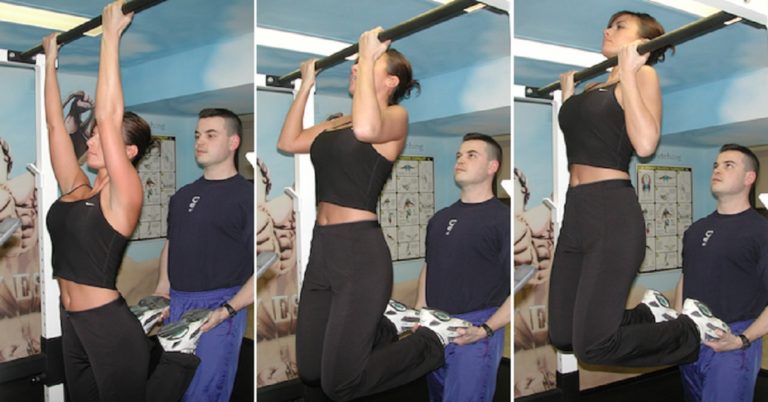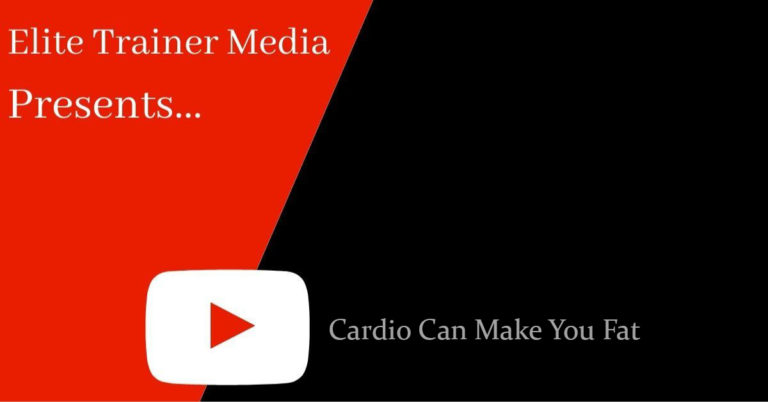Can 10 sets of 3 build as much muscle as 3 sets of 10? The short answer is yes—but the type of hypertrophy you experience differs. In strength training, time under tension (TUT) reflects the total duration of a set and is calculated by multiplying the number of reps by the tempo or speed of…
Without a doubt, branched-chain amino acids (BCAAs) top the list of supplements to take during a workout. BCAAs have a host of research-supported benefits for weight lifters. For example, they can stimulate anabolism and deter catabolism, prevent mental fatigue, and provide energy, endurance, and an increased rate of recovery. Along with their unique anabolic and…
Many trainers proudly highlight their work with professional and elite athletes, wearing it like a badge of honor. While this makes for great marketing, the real question is: how much does training truly contribute to an athlete’s success? A 2010 study by Andersen & Aagaard (full article here) puts things into perspective: When watching athletes…
I was recently asked about my thoughts on the Functional Movement Screen (FMS). While I believe the FMS has some value, I don’t see it as the ultimate method for assessing movement patterns. Every individual and situation is different, and any functional assessment should be appropriate for the specific case—if it’s performed at all. In…
If you’ve been in the muscle-building game for a while, you know that you can’t stay on one routine forever. No matter how well a program works initially, eventually, gains will plateau. When that happens, a change is necessary. However, selecting a random routine from your favorite training website won’t cut it—random workouts lead to…
The famous adage “If you fail to plan, you plan to fail!” applies to strength training as it does to just about any other endeavor. Arriving at the gym with no plan will lead to haphazard results. Tudor Bompa, considered by many as the father of periodization, puts it this way: “In training, nothing happens…
Falls are the leading cause of injury-related death among the elderly (1). In fact, elderly patients are three times more likely to die following a ground-level fall compared to young adults (2). This is often due to weak bones. The common misconception is that seniors fall and then break their bones, but the sad reality…
The ability to perform a proper chin-up—grabbing an overhead bar and pulling yourself up until your chin clears it—is a struggle for many. Some see it as impossible, but with the right training approach, reaching 20 chin-ups is an attainable goal. Here’s how to do it. The Key Factors for Chin-Up Success 1. Body Weight…
With food more abundant than ever, we should be thriving—but instead, many people feel lethargic, gain body fat instead of muscle, and suffer from chronic disease at increasing rates. Nutrition plays a key role in reversing these trends, and it all starts with a proper breakfast. Rethinking Breakfast You’ve likely heard the saying: “Eat breakfast…










